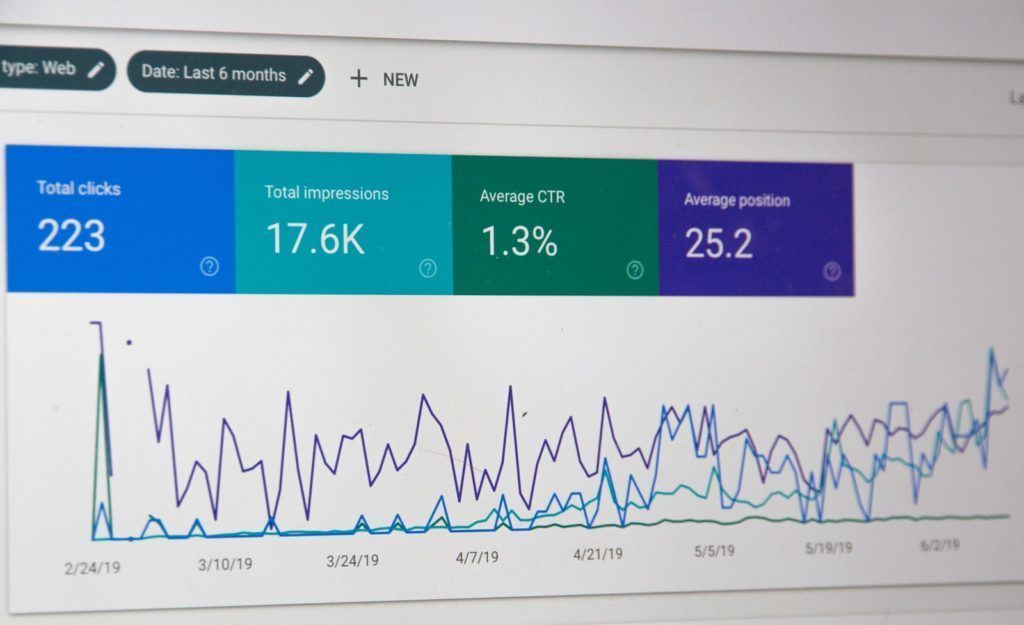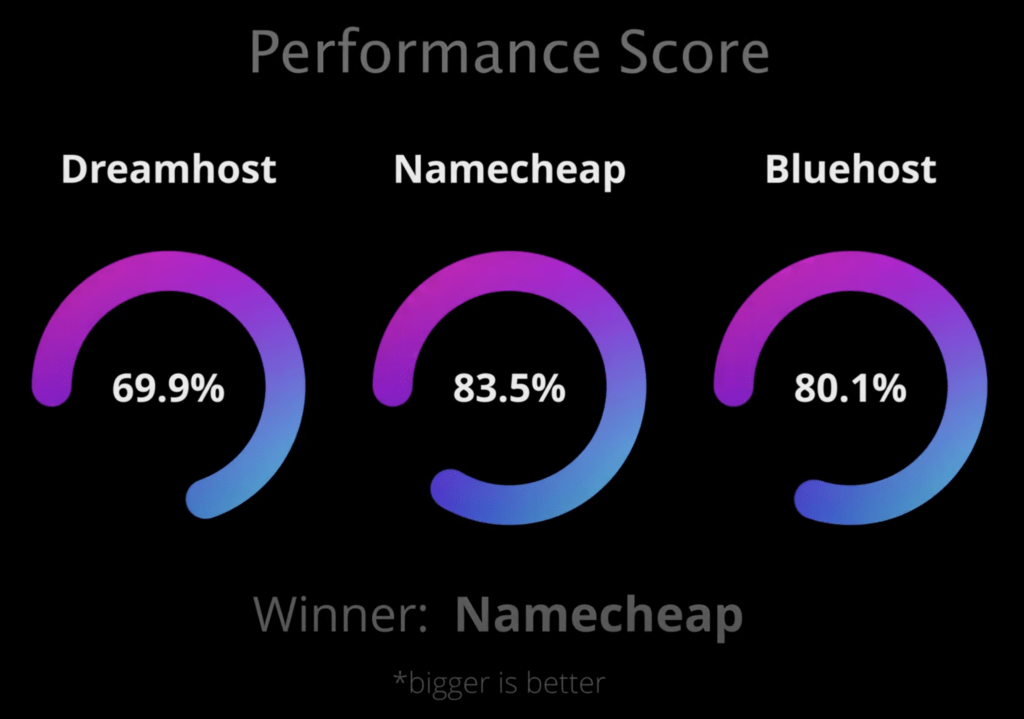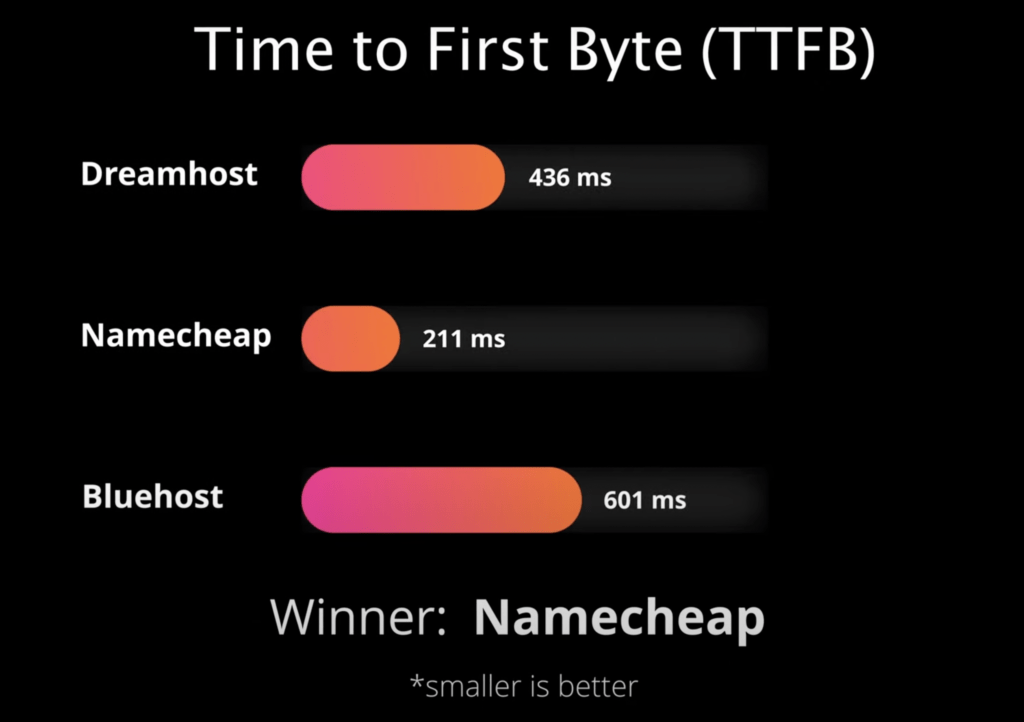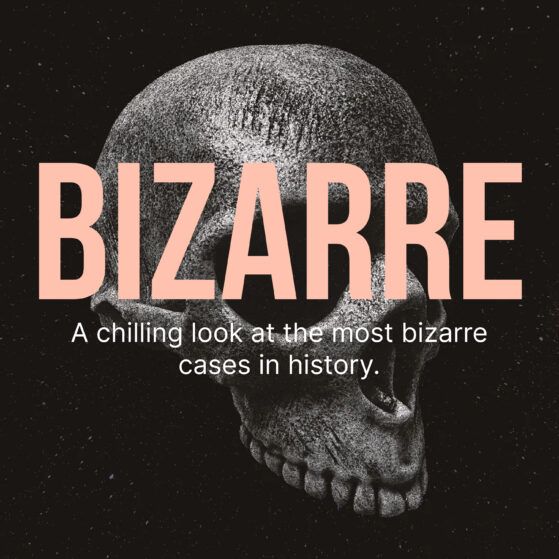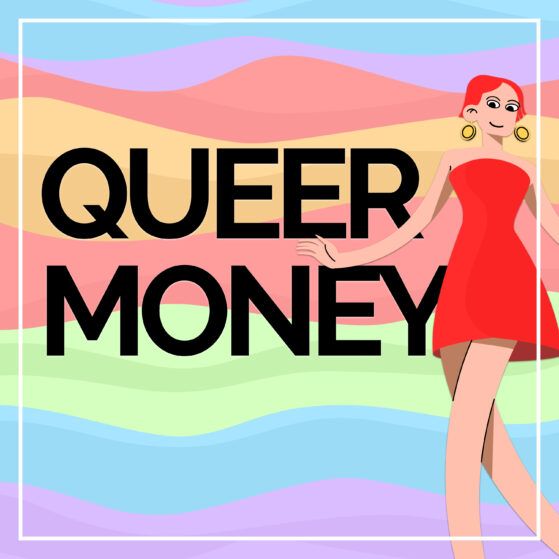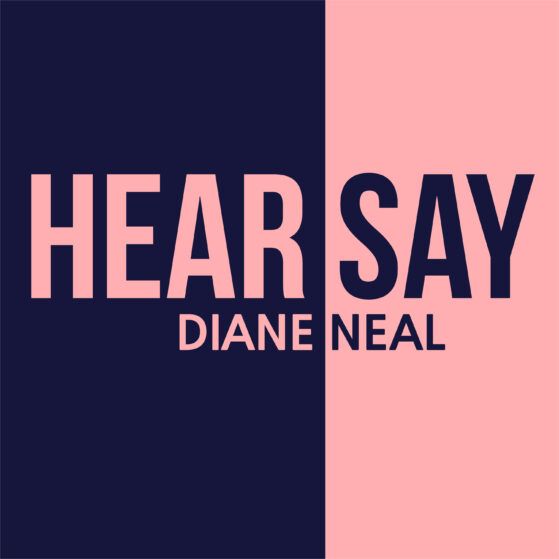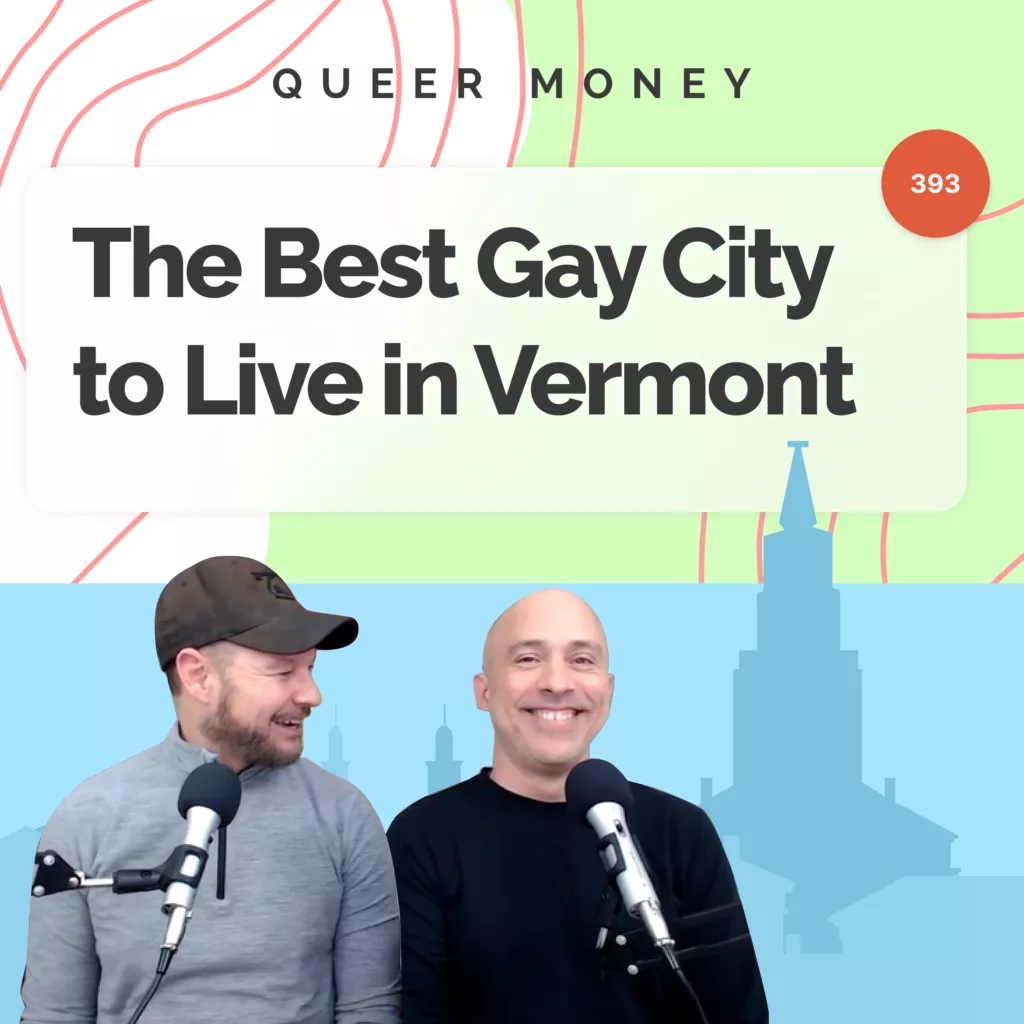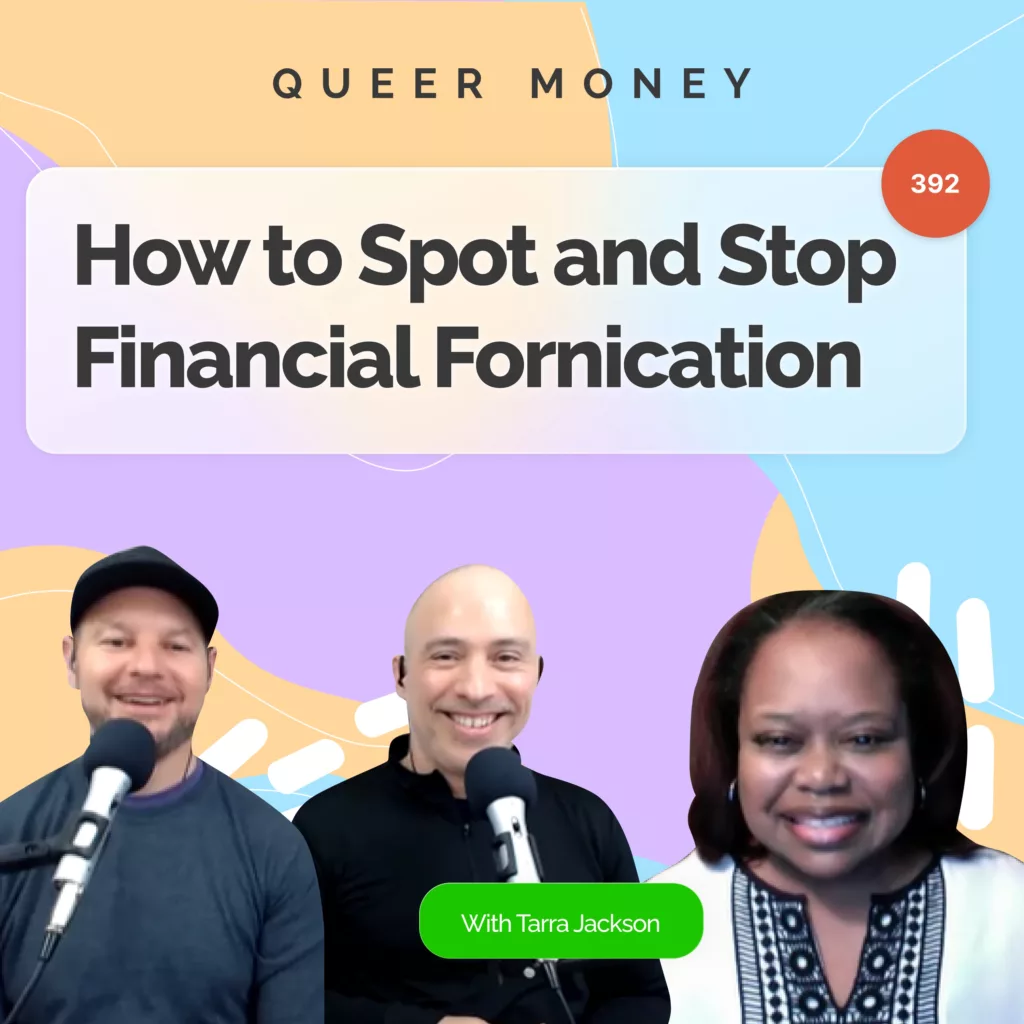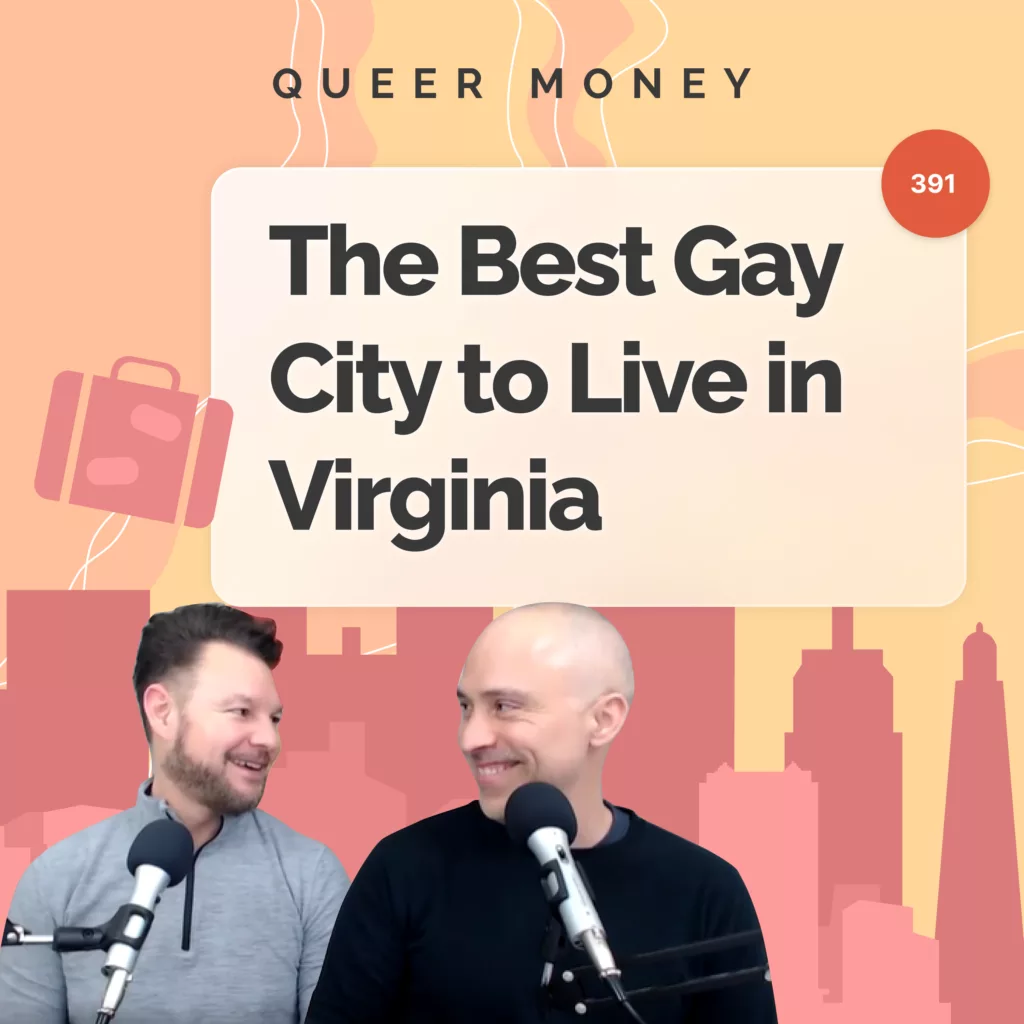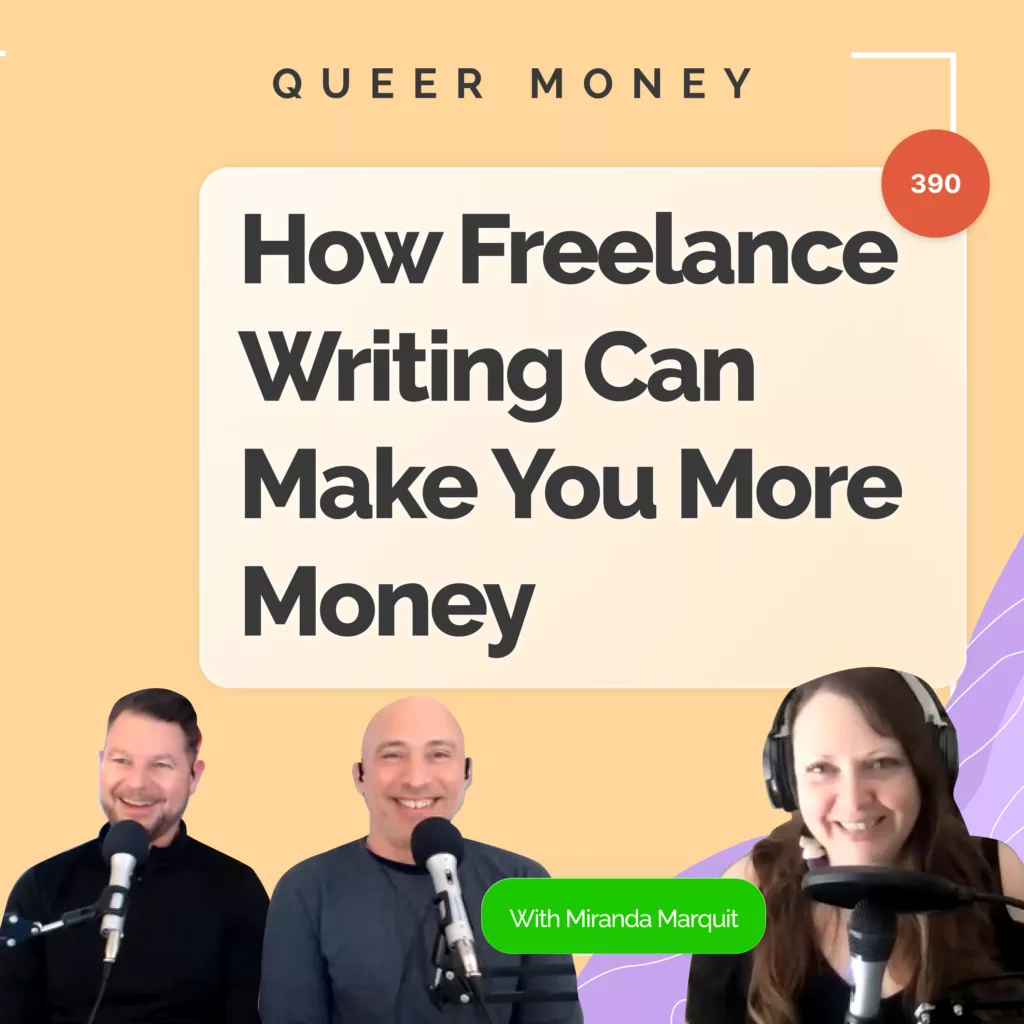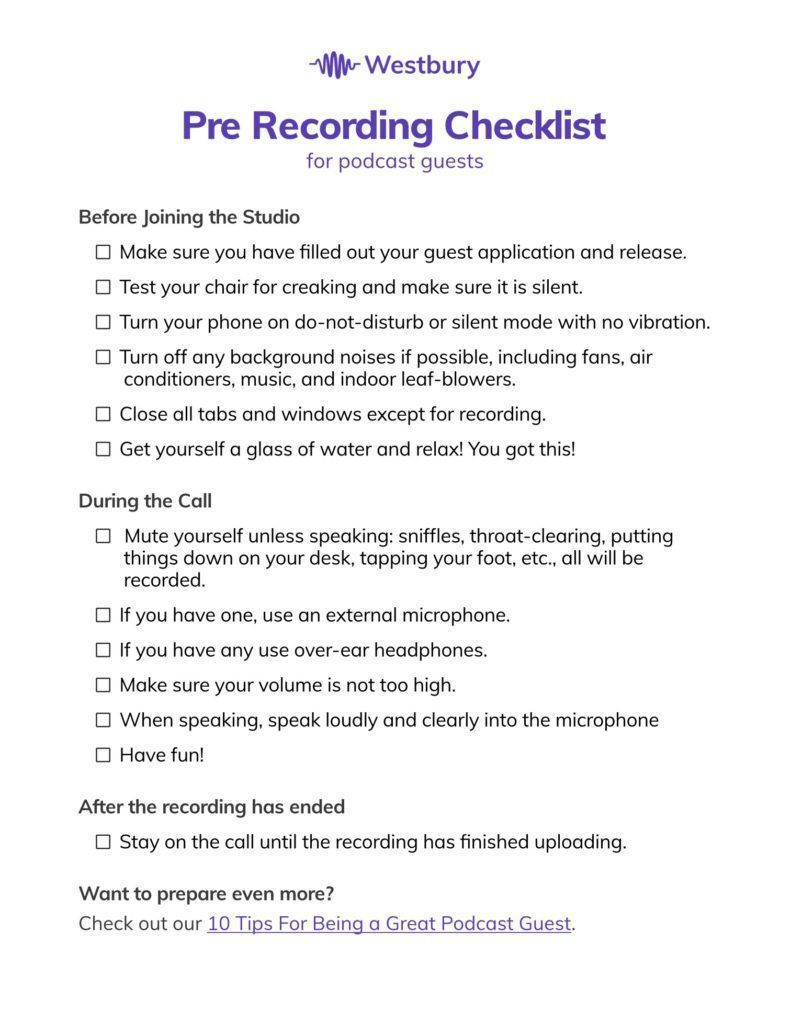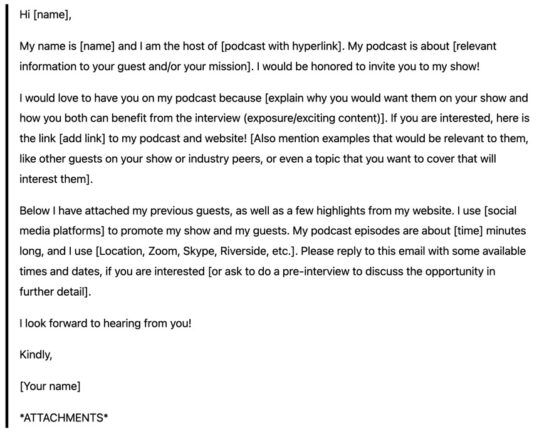About This Guide
Who this guide is for
- New podcasters struggling to get more traction with their podcast.
- Established podcasters looking to take their game to the next level.
- Anyone interested in learning about marketing in general
This guide aims to provide you a one-stop location where you can brainstorm all of the various marketing activities that will help you succeed and choose which to implement based on the information provided. While the number of ways to market yourself is endless, there are some tried and true marketing activities that can help out any podcast.
What this guide covers
This guide will cover a variety of proven marketing activities that podcasters can follow that will help to get them the numbers that truly great podcasts deserve. It serves as a comprehensive but high-level guide that will give you everything you need to develop a killer marketing strategy for your podcast.
What this guide DOESN’T cover
- Monetization
- Starting a podcast
- Tools & Equipment
- Managing your podcast like a business (financials, working with partners, sponsors, etc.)
- Legal, or anything else that this guide obviously shouldn’t cover

How This Guide Will Help You
Once you have read over this guide, you should be ready to have a solid, well-defined marketing plan tailored specifically to your podcast. Why should you have a plan, though? I mean, why should you clean your room or throw out bad food from your fridge? It’s important to keep all of your shit together in one place, so you can find it when you need it and also so you can check in on your progress from time to time.
You can keep this plan as a word document, pdf, or even a hidden web page on your website (my personal favorite as it makes sharing it with others really easy). Your plan should include what marketing activities you plan to invest in, either in time or money, as well as what your goals are in terms of a timespan. If you want help in creating your marketing plan, please set up a Marketing Strategy Session with me so we can discuss in more detail the activities I think you should focus on, given your niche, your budget, and your skillset.

Step 1: Find Your Market and Craft a Great Podcast
The most important part of any marketing plan is the product itself.
So you need to make sure you have a badass podcast.
And it needs to be so f***ing badass that people want to share it with their friends—that they want to create and moderate subreddits on your behalf. That they want to do whatever—WHATEVER—it takes to help you succeed.
What’s considered a good podcast will vary in a lot of ways. For instance:
- Your genre and style of your podcast
- Your goals for your podcast (i.e., are you using it as part of your business’s sales funnel or to make ad revenue?)
- Who your intended audience is
And all of these variables will be accounted for in Step 2.
But before we get there, there are some things you can do during the creation process that will make just about every type of podcast better:
- Sound Quality – Make sure you are at the very least audible, and it’s not literally painful to listen to your podcast. You may not gain much after a certain level of audio quality, but there is definitely a threshold you must achieve, or people will be running for the hills because people literally do not like to be in pain. Duh. What else can I say here?
- Follow-ability – So, umm, you need to be coherent. That means that, even for comedy shows where banter and side-tracks are an entertaining piece of the puzzle, you should have some form of structure. I suggest that you at least have a list of things you’d want to cover. Generally, an outline will be enough.
- Credibility/Likeability – Make sure you’re following the general guidelines for how to be a good podcast host. Know how to use a microphone (i.e., Don’t annoyingly smack your lips into the microphone), don’t overtalk or put down your guests (unless they suck, I guess.), don’t try to pretend you’re someone you’re not.
- Personality – It’s not unusual for podcasters to have a personality that necessarily mixes with their content. You can put a little personality into your show, but you should at least spend a bit of time talking about how you feel about your show/your topic/why you’re doing this.
- Playfulness – Pause and think to yourself, “Would this be fun to sit around and listen to with friends?” There is no need for this mentality in comedy shows, but it can be useful in covering off-beat or niche topics.
Now that you have the fundamentals down for creating a podcast that is straight-up badass, beyond what anyone else in your niche has done, let’s talk about tailoring your podcast (the company, not the audio) to your audience.

Step 2: Develop your Brand, Messaging, and Positioning
By branding, I don’t mean to spend ions on your logo before you even really know what you’re doing.
Instead, I suggest that you spend your time thinking about what sets you apart from other podcasts that cover your topic.
You’ll want to do an analysis of them, what they do well, what they don’t. And you’ll want to recognize what it is that makes them work.
Then you’ll want to use all of this information and think about who it is you’re trying to reach.
Not just whether they’re a man, woman, or between the ages of 24 and 31, but rather, what do all of your potential listeners have in common that sets them apart from the rest of the population, and how can you speak to that?
The “how can you speak to that” is the part that really matters here, and it’s what I refer to as Brand Messaging, the core messages of your brand that help you to resonate with a listener the moment they first come in contact with your podcast.
And it’s dead important for keeping and growing your audience.
The framework I like to use is called story branding.
Story branding your podcast makes you critically think about your podcast’s role in your listeners’ lives.
This exercise also requires you to create an entire brand messaging toolkit that you can then reuse over and over again for all of your future marketing activities: call to actions during your show, the copy on your website, the emails you send to your list, posts on your social media accounts, and any digital advertising you do.
More specifically, here’s what story branding helps you define:
- Your target listener and what they want from a podcast
- Who the villain of your podcast is
- What problem you’re trying to solve
- What philosophical reason is there for your podcast’s existence?
- How can you empathize with your listener?
- Why should they trust you on this issue?
- What can you provide to your listener to help them?
- How can you best call on your listeners to take action?
- What discernable life improvement does your listener get out of listening to your podcast?
- What negative consequences might your listeners experience if they miss your podcast?
- How will your listener transform by listening to your podcast?
Some of these might sound a little silly, but trust me, they’re worth pondering over.
In addition to the story brand exercise, I also like to create an “elevator pitch” for the podcast.
How do you hook new potential listeners in 20 words or less?
Once you have this elevator pitch, use it relentlessly—whenever someone asks you what you do, across all of your social media bios, etc.
Once you have your core messages worked out, you can move on to your visual identity.
Ideally, your visual identity should include a logo, podcast cover/artwork, brand palette (color scheme), brand typefaces, etc. I even like to include UI elements like buttons in my client’s visual identities.
There’s so much more work you can do in this area, and often it pays off, but unless you’re hiring a branding expert to help you, it can get overwhelming. Either way: here are some other components to branding that you can work out if you so desire: Brand archetype, brand tone/voice, brand personality, logo guidelines.

Step 3: Create your Operations & Marketing Hub
Yep, this is the part I have the most fun with—but it can also be a really big headache if you don’t know what you’re doing.
Basically, you’re going to want a website.
I know not everyone feels this is important, and yes, there are plenty of successful podcasts that don’t have websites.
But having a website gives you some major advantages:
- It lets you scream who you are from the top of your lungs in your own space. It’s the hub of your identity and shows off who you are, what you represent, including those important brand messages and calls to action.
- It serves as your marketing hub, where you can drive conversion and push for specific goals. For instance, you could push for more reviews, more social followers, email list signups, etc.
- It provides you with powerful analytics that most podcast stats are incapable of. And these analytics can tell you how successful your other marketing efforts are. For instance, you can know exactly where your visitors are coming in from: web searches, social media ads, referrals, etc.
- It lets you start building a list. Yep—I’m sure you’ve heard it before: email marketing is fucking powerful. It’s cheap, you can monitor your recipient’s behavior, you can automate it, and the conversion rates are generally some of the highest: often 20% to 30%. We’ll talk more about what you can do with email marketing later in this guide.
- Websites provide a platform for future monetization & expansion beyond just a podcast.
- So much more, with websites, the possibilities are endless.
Okay—you’re sold. But how do you get started?
Choosing a Web Host:
Well, the first thing you’ll want to do is get a web host. So many podcast influencers (ahem Amy Porterfield, Pat Flynn) will tell you that the absolute best website host out there is Bluehost.
But despite that fact (and the fact that I’m sadly currently using them), I happen to think they’re not the best host by a long shot. (Maybe the affiliate deals those “influencers” have with Bluehost have something to do with their recommendation?)
Bluehost’s infrastructure is slow and dated feeling, and server response times often affect how long it takes for your website to load, which can drastically affect the bounce rate of your visitors (the time they actually stay on your website), which obviously isn’t good.
They’re also not the most affordable option either.
Good thing there are really cool people out there that test all sorts of hosts and their speeds: introducing: Tony Teaches Tech.
Tony ran a lot of really amazing tests between 3 top web hosts: Bluehost, Dreamhost & Namecheap.
The results are in: Namecheap is not only the most affordable option, but they’re also the fastest across the board.
(Note: if your podcast gets REALLY big and/or if you want to offer really complex functionality with your site, it might be better for you to use managed hosting or VPS hosting. If that’s the case, you’ll want to look elsewhere. But if at all unsure, go with Namecheap or another shared hosting provider.)
To set up an account with them, simply visit namecheap.com (This is not an affiliate link, and I do not profit off of the recommendation in any way.)
Choosing Your Website Builder:
This one’s easy, folks. Wix and Squarespace just do not offer nearly the amount of customization or functionality as WordPress.org does.
Also, WordPress is 100% free, although some paid plugins may be worth investing in.
After you have hosting, you’ll want to install WordPress on your server—if you need help with this step, your host should be able to assist.
From there, it is a matter of making sure that each new episode you post gets its own post (URL).
5 Simple Tips for a great podcast website:
- Be sure to use your brand messaging throughout your website.
- Have a clean and simple design that’s easy to navigate
- Highlight and focus on the content that will help you reach your marketing goals.
- Be sure to include persistent audio—you don’t want to lose listens because someone navigates to a different part of your website while listening to an episode.
- ABC—always be credible. For best practices on establishing credibility on your website, check out Stanford’s web credibility project’s guidelines.
More details on exactly how to build a website for a podcast and all of my recommendations are out of scope for this guide, but I’ll be writing more about this topic in the future. If you’re interested in learning more about my perspective on this, feel free to reach out to me directly. Westbury Media also builds websites specifically designed for podcasts and we’re happy to assist if you need help.

Step 4: Define your core marketing activities
This is step 4, but there’s a prerequisite that I haven’t talked about yet: you should be aware of what your marketing budget is by this point.
Unfortunately, good marketing is like most good things in life (but maybe not the best things): it costs money.
It’s easy to get wrapped up in doing ALL of the things, but if you do too many things at the start, and you don’t have the time to monitor the performance of your activities, you’re just throwing money at hoping for the best.
Instead, make sure you strategically choose which activities you want to focus on first, and when you get the hang of those, build out from there.
The good thing about this approach is that it’s so much more financially feasible as well.
Okay—here are some of the various marketing activities that many businesses participate in, and that are PROVEN to help you grow, as long as you are implementing them strategically and adjusting them as necessary:
Content Marketing
You’re already doing this in a lot of ways simply by having a podcast. Content Marketing is essentially the art of creating amazing, share-worthy content that helps you get found online.
But great content marketing is more than just creating a podcast. It’s finding people where they’re located and giving them the content they want right there—no frills, no gimmicks.
(Note: the first part of this is making sure that you are creating content they WANT. You can achieve this goal and verify you’re speaking about worthy topics with keyword research or simply by throwing darts and a board and seeing what sticks. The second is more fun, but more trial and error.)
So beyond just creating your weekly podcast, the art of content marketing would suggest that you could, for example, do some of the following:
- Sum up the most amazing points in your podcast in an easy to follow Twitter thread, no need for your followers to listen to your podcast any more. If they want more details, they know how to get to you
- Take your key insights and share them on Tik Tok, where insightful content tends to do really well.
- Create an info-graphic based on the info from your podcast and put it on Pinterest where the reach can be fantastic.
- Create really useful and informational carousels for Instagram.
You might be thinking that a lot of the above is basically social media marketing—and you’d be right. The overlap between these two fields is strong, but the focus of Content Marketing is generally on creating engaging content, no matter where it lives, whereas Social Media Marketing is more about the practice of marketing within social networks. We’ll talk more about social media marketing below.
With all of that said, I think content marketing is a great way to spend your marketing budget, especially because it can be difficult to be an expert in creating every type of content for every platform.
But you’ll want to pick and choose your focus on this one and expand to new types of content over time and once you get the hang of one over the other.
If you have the budget for it, don’t be afraid to work with a Virtual Assistant to help you repurpose your content for various platforms.
And I would also make sure to reserve money for other activities as well.
Email Marketing
I hear Amy Porterfield ringing in my ears right now.
If you’re unfamiliar, she’s the email queen/goddess/heroin of the marketing guru world. This isn’t a recommendation.
In fact, I personally wouldn’t spend my money on her course if you’re trying to manage a podcast. But I do think she has some key points that are worth parroting here:
Email marketing is powerful.
And I agree that building an email list is vital to your business. And that’s just as true for a podcast as for any other online business.
And that’s because email marketing—as I mentioned earlier in this guide—is high-converting (on average 20-30%, with an effective campaign) and affordable (mileage varies depending on who’s setting it up, the platform you use, number of emails you send, etc.).
It also allows you to operate independently of any other company or business. Your email list is yours and yours alone, unlike your friend or follower lists, which can (and do) get taken away from businesses regularly.
How to get started with email marketing:
Choose an email platform
The cheapest and easiest to use of the commercial options is going to be MailerLite. My good friend Lee Blue of DoubleStack taught me how to use this one, and it is an amazing option that won’t break the bank.
If you want something even more affordable (read: virtually free), there’s also Mautic. I’ve yet to have the pleasure of using it yet, but I’ve heard very good things. There is a bit more setup with it as you have to install it to your web server similar to installing WordPress, but you will likely save money in the long run, especially if you end up with a very large list.
Other options include MailChimp, ConvertKit, Aweber, and more.
(Really, there are a million options, so my main suggestion is just not getting stuck in paralysis analysis.)
Create a signup Incentive
Once you’re set up on your email marketing platform of choice, you’ll want to create incentives for people to sign up to your email list. (Some people call this a “Lead Magnet”, but I feel that that sounds shady, like you’re trying to swindle people into buying into your BS)
The key is that the incentive should only be available for those that sign up to the email list
Some examples of email list incentives for a podcast are:
- a special bonus episode that’s not available unless you’re on the list.
- mentioning new signups on each new episode of your podcast.
- a giveaway of some kind, where the only thing you need to do to enter is sign up to your email list
- a free and genuinely valuable info-product of some kind (i.e., a guide, checklist, ebook, etc.)
Then, start your ABCs: Always Be Campaigning. Mention your email list on every episode and what your listener will get from signing up. Shout it out on your website. Advertise your info product on social media.
(Remember: always nurture your list like it’s the last remaining relic of someone you no longer have. Cherish every new subscriber, and thank them for joining you on your journey.)
Automate your email sequence.
Depending on your platform, the exact step-by-step will be different, but the idea is the same.
Of course, the very first step in your sequence will be thanking them for joining your list, automatically emailing them the incentive when they sign up (if applicable), and telling them what they will get (how they will benefit) from being on your list.
Next, you’ll want to customize your email sequence based on your marketing objectives. If you want more reviews on Apple Podcasts, the next email can be asking them to review you, and you’ll give them a shoutout on the podcast.
And each week, you can push for a different goal (marketing objective) of yours, providing a lot of value and entertainment along the way.
I offer more tips on email marketing in my paid class and offer setting up automated email marketing sequences as part of Westbury Media’s professional services. If this is something you need help with further, feel free to reach out.
Social Media Marketing
Social Media Marketing is a really big topic, and while it’s something that’s often worth investing in, you also have to be cognizant of how many hours it can take up. You also have to be willing to immediately pivot your social media strategy if you notice it’s not working.
This is one type of marketing that I often see people spending a TON of time in, only to get very little payoff back.
And it’s probably because, at the end of the day, we’re social creatures who care greatly about our social status in the world. So a powerful social media presence is as much an ego boost as it is a valuable business asset.
So let’s quickly break this topic down so you know how to participate in social media marketing without getting completely absorbed by it and ultimately blowing your marketing budget all in one place (whether that budget is in time or money).
Which social media platforms should I focus on?
At the end of the day, you want to use the most engaging platform for your target customer and that you feel comfortable using and being on. But here are some overviews of the various social media platforms from a marketing perspective.
Not all platforms are equal, and not all are always worth investing in. For instance, while Facebook is many people’s go-to in terms of reaching family and friends, it has in recent years become fairly hostile towards businesses, requiring you to essentially pay to play.
While it may still be worth investing in this platform, just know that it’s going to cost you money to reach people there, end of the story. You’ll have to boost posts, pay for likes, and run ads.
The exception to this would be if you were to participate in community-building activities by creating a Facebook group and marketing it to your email list, etc.
Instagram is owned by Facebook, and as a result, it seems to be going in the same direction. But overall, the algorithm is friendlier, and there’s plenty of organic reach to be gained if you’re willing to work for it.
It’s important to use a variety of different formats with Instagram: posts, carousels, stories, and most importantly Instagram Reels, which have the highest reach of any format on the platform.
This is hands down probably the MOST underrated social media platform out there,. So many people either don’t even realize that it exists anymore or just completely neglect it because it doesn’t feed into content creator’s egos the way that other platforms do.
But the reality with Pinterest is that if you can find the key to creating pinnable content, you’ll be handsomely rewarded. The site offers better reach than almost any other platform, and even better yet, it encourages (yes, ENCOURAGES) you to send their audience to your website.
The key is to create ‘pinnable’ items. These can be inspiring photos, educational infographics, funny or heartwarming gifs, pictures of amazing recipes, etc. But the goal should always be to provide value that will make people want to click on your pin and go to your website.
Also, Pinterest recently launched an entirely new format that I’m hearing is very promising for reach.
Unless you already have a decent-sized fan base and can find volunteers to help you moderate a subreddit, I think the best way to use Reddit is for market research and interactive posts (as opposed to starting your own subreddit, which can be time-consuming on an ongoing basis).
Think about why someone would ever want to pick your brain, and try to muster up the courage for an AMA (ask me anything).
Also, be sure to peruse subreddits related to your podcast’s topic as it is a treasure trove for understanding your listener’s pain points.
If you have something of value that can benefit a particular Reddit community, share it. But be careful about linking to your website here. It’s often against subreddit rules and can get you banned for spamming. Instead, try very light branding on submitted images, etc.
Youtube
Youtube can be a difficult platform to succeed on, and one channel can equate to MULTIPLE full-time jobs, so you really need to consider whether you have the resources and inclination to be on the platform full-time.
While youtube is not necessarily my specialty, and there is so much to be aware of with this platform, here are some general tips if you decide you want to be here.
Pay attention to your thumbnails and titles above all else—these will affect your click-through rate, something that the youtube algorithm weighs heavily when deciding whether to show your video to new people.
Pay attention to your engagement—the more people comment, like, and subscribe, the more youtube will show your videos to others.
Pay attention to your watch time. The longer people watch your videos, the more you’ll be rewarded for it by YouTube’s algorithms.
A note on youtube monetization: if you’re wanting to monetize through youtube, then you’ll have to have at least 1,000 subscribers, 4,000 watch hours in the past 12 months, and adhere to Google’s monetization policies found here: https://support.google.com/youtube/answer/1311392
Twitter is a great place to engage with your community and collect fun things people are saying about your podcast. You can ask your audience to use a particular hashtag and then read some of those tweets on-air every episode to get more engagement and growth on the platform.
One great way to engage the Twitterverse is to create Twitter “threads” full of valuable content. Instead of forcing users to go to your website to get the content, provide it there on Twitter, hassle-free, and you’ll be rewarded with follows and likes.
Tik Tok
The newer kid on the block, but not to be underestimated. Content can go viral very quickly here if you create the right type and you’re consistent. However, be wary as Tik Tok doesn’t like for their users to leave the platform, and while it’s easy to get engagement, you’re often one of dozens of content creators someone has engaged with in any given session. Being memorable and very clear with your calls to action on Tik Tok is vital.
What kind of Social Media Content Should I Create?
Why… I’m so glad you asked! This is the perfect time to talk about content pillars.
Across any of the platforms you choose to be on, you’ll want to include various categories of content or so-called content pillars.
Content Pillars are commonly categorized by their objective:
- Engagement: asking questions, creating conversations, etc.
- Education: informing your followers about things you think will interest them
- Social Proof: Posts that highlight that you’re the coolest and desirable to people
- Product Promotion: Putting your product in front of your audience
Digital Advertising
There are more places to advertise online than can be counted, and most often when people think of digital advertising they think of two things:
- Google Adwords (ads on google searches)
- Facebook Advertising
But don’t forget that there are other networks as well. One of my favorite networks is Ezoic, which will advertise directly on people’s websites.
Being on a network such as Ezoic or AdSense gives you unique advertising options that many others overlook.
Many of these networks will require you to create advertising materials (the actual ads) in advance, and there can be requirements you’ll want to pay attention to as well.
For instance, they may forbid you from having fake buttons on your ads or advertising misleading claims.
Whenever you run a digital ad, make sure that you are paying attention to two numbers in particular:
- Impressions – the number of times your ad has been shown to someone
- Click Through Rate (CTR) – the number of times that your ad has been clicked
The ratio of these two numbers will give you your Conversion Rate. A more effective ad will give you a higher Conversion Rate than an ineffective one.
Advertising can be a key part of getting more listeners on your podcast, but don’t forget that in order for it to pay off in the long run, you’ll need to turn the new listeners you acquire from advertising into regular, long-term listeners.
Search Engine Optimization (This one’s huge)
There’s so much to Search Engine Optimization that it could be an entire book within itself (and already is, many times over. Just look here: https://www.amazon.com/s?k=SEO&ref=nb_sb_noss_2)
So let’s go over the basics: There are, in my opinion, 3 main SEO activities.
- On-Page SEO: Optimizing your site and structure to play nicely with Google and, yes, Bing, too.
- Targeted Content: Making content that strategically targets what people are searching for, hopefully getting your website to show up in relevant searches.
- Off-Page SEO (Domain & Page Authority and Link building): The idea is to get a bunch of high-quality links to your website, which Google (and yes, Bing, too) notices and thereby realizes your website is valuable and worth showing off.
I could go on forever, but SEO is one of those specialized trades, and the benefits for podcasts vary greatly depending on what exactly it is you’re talking about. Therefore, instead, what I’m going to recommend is that you:
- Recognize this is a hugely powerful form of marketing.
- Recognize that SEO often requires a large upfront investment that won’t pay off for months to years
- Be aware that the payoff for podcasts, in particular, can be questionable—you might have to repurpose a lot of your content in blog form for Google to care much.
- Recognize that oftentimes SEO is “evergreen,” meaning that once you’re ranking for things, you’ll see the benefit for a very long time afterward, despite that you’re not continually investing in it (read passive)
- It can also be very competitive.
While I want to go further in-depth on this topic here, I don’t want to do it a disservice, so I recommend that you find an agency or trustable freelancer to help you out with this if you’re interested in it.
However, I will be creating an entire SEO course—if you’re interested in SEO for podcasts specifically, please let me know by signing up here. That will motivate me to get started sooner 🙂

Step 5: Form Strategic Partnerships
This is where people will often say, “Be a guest on someone else’s podcast!”
Ugh—I shudder when I hear that generic advice.
Because yes, there’s some truth to it. But it’s like when someone tells you to “Just be yourself.”
It’s so void of any actual human critical thinking that it doesn’t actually help anyone.
Yes, being on other podcasts CAN tremendously help you out, but the key is to be strategic about it.
What’s the download stats of the podcast in question? Is the target audience the same as yours and possibly going to end up listeners to your podcast as well? Will the podcast help provide you backlinks to your website? In other words, what are the actual benefits you can expect to achieve by being a guest on any given podcast?
It’s important to ask these questions, because, as sad as it is, there are only so many [working] hours in a week, and growing a show is going to take up every single one of those hours. Which means you don’t want to spend those hours working on things that won’t help you reach your goals. Plain and simple.
Strategically Choosing Guests
Generally, when people talk about strategic partnerships in terms of podcasts, they’re talking about guests, so I’m going to go down that route for now.
The key benefit that podcasts provide that even organizations with a much larger reach than yours is that they generally have high engagement.
That means that while some people and organizations have a large following, they don’t always have a place where they can go in-depth on the issues they want to talk about.
This is your key to securing guests that will help you grow. Offer them a place to get a more dedicated following, as opposed to just numbers.
Forming Other Strategic Partnerships
Now, let’s talk about what some of these partnerships can look like. You’ll want to be clear about what benefit you can provide and what you’re hoping to gain from it in return.
Public Relations Firms
Partnering with a PR firm can help you land more notable guests and can create a win-win.
Media and Publications
Repurposed blog content can be submitted to editors of publications in a way that helps them find their next story, something they’re often short on. It’s important to submit in an easily digestible way and to engage with the person before sending a random message.
Industry Partners
Finding other organizations in your industry or niche can be beneficial to both parties. You can connect with an audience primed for your content, while they might be able to gain an effective advertising option, increase awareness, etc.

Step 6: Run Unique and Novel Marketing Campaigns
This is the most fun part of marketing in my opinion, but it can also be the highest risk, and the most difficult to execute properly, so you’ll want to keep that in mind.
The idea is to incorporate unique, novel, fun, and even bizarre ways of getting attention.
You’ll want to channel every tendency towards Histrionic Personality Disorder your person allows you to, and brainstorm some interesting and different things you can do to get yourself out there.
Creative SEO
Coming up with unique ways to get others to link to your website, which in turn increases your chances of ranking highly for competitive keywords. An example of this is the gaming chair company that created the “Christmas Tinner,” a full Christmas Dinner in a can that got them hundreds of links to their website.
Word of Mouth Campaigns
For example, giving away a free cookie with every coffee so people are more likely to mention it to their friends.
User-Generated Content Campaigns
getting your audience to create your content for you by asking questions.
Community Building
creating a dedicated following that you can interact with and that will help to spearhead your growth goals.

Creating and Executing Your Marketing Plan
With everything said, now is the time to finally take all of this knowledge that has been bestowed upon you in this guide and use it to create your marketing plan.
If you’re wanting a template, while not everything in here is applicable to a podcast, the SBA has a decent Marketing Plan template here: https://www.sba.gov/sites/default/files/2019-12/Sample_Marketing_Plan_Template.pdf
The important thing about your marketing plan is that you want it to be time-based and you want it to include goals for your organization as well.
Wrapping It All Up
That’s it, everyone. I hope that this guide was helpful for you to obtain a high-level overview of everything that you can do to market your podcast effectively and grow it. Because good podcasts really deserve to be listened to.
Interested in learning more about podcasting? You need to sign up for our email list to stay up to date and get valuable information from us. (Don’t worry, we don’t send too many emails, we’re still new).

